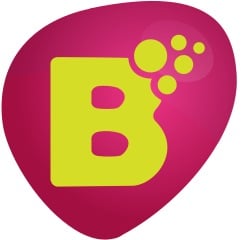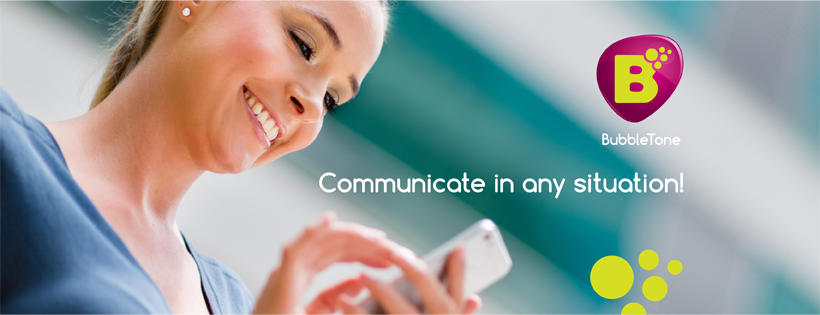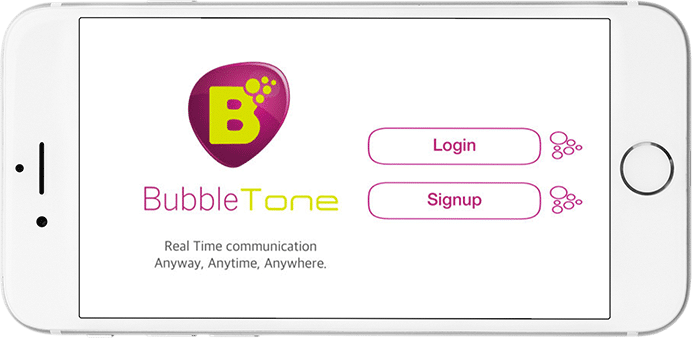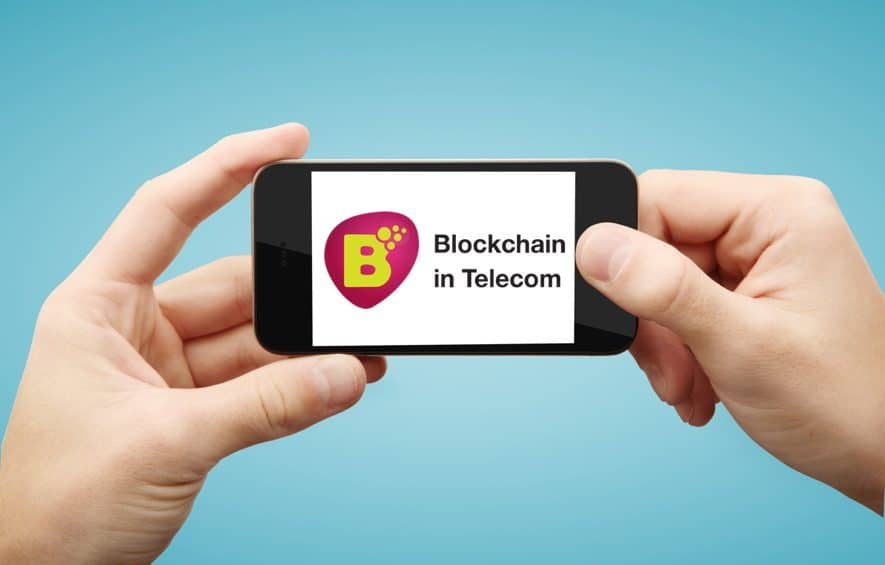The rising demand for blockchain in various verticals around the world is not a surprise considering the robust properties of the blockchain.
One of the biggest industries looking to make full use of the blockchain is the telecommunications industry, with many consumers complaining about the total control of operations on networks, especially in terms of cost.
In today’s modern age where data is king, having a network connection is extremely important and for mobile users, mobile data is necessary which starks in contrast to just 10 years back, when calls and SMS were still a thing.
Your mobile network will work fine in the country your operator is in, but what happens when you go somewhere else in the world?
You may notice that telcos incur extremely expensive charges on roaming if you do not have a plan dedicated to it. Even if you do, the cost per megabyte of data you use overseas is way too high for the average consumer. This has led to a situation where consumers are looking forward to a global telecom where using data across borders is cheap, efficient, and seamless.
Essentially, people are left wanting for a future where they don’t have to change SIM cards, pay obscene fees for roaming charges, or go through complicated steps just to be connected in another country.
 Bubbletone is a blockchain startup that is building a decentralized telecom ecosystem to connect end consumers and telcos directly. In layman terms, Bubbletone is looking to eliminate the bottlenecks in today’s data roaming standards by using the blockchain to allow users to make calls at extremely low costs and at the same time, dramatically lower the fees for data roaming all across the world.
Bubbletone is a blockchain startup that is building a decentralized telecom ecosystem to connect end consumers and telcos directly. In layman terms, Bubbletone is looking to eliminate the bottlenecks in today’s data roaming standards by using the blockchain to allow users to make calls at extremely low costs and at the same time, dramatically lower the fees for data roaming all across the world.
Bubbletone is not only aiming to benefit consumers; telcos and service providers can also use the platform’s features to expand their network and reach globally without having to go through costly and complicated processes in today’s network integration architecture.
Simply put, Bubbletone aims to put a stop or at least cut down on the issues prevalent in the modern telecommunications industry.
The team responsible for building Bubbletone are not newcomers to the scene as the core of the team has been in the telecommunications industry for nearly 20 years. The team also owns a custom mobile virtual network operator (MVNO) company that has over 250,000 subscribers (as of today), meaning that they already have the skills and experience needed to make a mark in this industry.
The team is led by Yuri Morozov, Bubbletone’s founder and a serial entrepreneur in the telecommunications industry. Morozov has the impressive achievement of having more than 3 companies making a combined annual revenue of over $40 million, showing his wealth of experience in the field.
As mentioned earlier, the entire basis of Bubbletone is to directly connect mobile network operators and end consumers on the platform’s blockchain-based marketplace.
To begin, any mobile carrier across the world can offer their own prepaid tariff plans on Bubbletone as smart contracts; these offers are aptly named “Offers” and are visible to all operators and users of the Bubbletone platform.
Whenever an offer is selected, a “Request” smart contract will be created to process the request. The smart contract contains the identity of the user who requested as well as payment information in regards to the offer.
Once the mobile carrier receives a request for their offer, they will identify the user who requested, accept the payment from the smart request, and then begin to service the user who now has access to the carrier’s services.
Bubbletone also allows non-mobile carriers such as cloud TV companies or music streaming services to use Bubbletone as a way to offer subscriptions to users.
Transactions in Bubbletone are done with the Universal Mobile Token (UMT) token, the platform’s official cryptocurrency. UMT tokens are used to pay for telco services in Bubbletone and they are also used as payments for sending messages or making calls in the Bubbletone messenger app.
The Bubbletone Messenger is a mobile app that allows users to enjoy the full suite of features offered by the platform and is currently available (as a beta version) on both the Google Play Store and the App Store.
It also allows users to communicate with each other either through 3G, 4G, or WiFi connections.
Key features are already implemented in the Messenger at the moment including features such as:
- Audio and video calls
- Group chats and SMS
- Stickers and animations
- Photo, video, and file sharing
- Message synchronization and built-in cloud storage
Although the Messenger is already functional currently, the team plans to add new features to it in the future with some of them including the ability to:
- Buy a virtual number across 60 countries
- Automatically select carriers based on price or quality of services
- Make P2P payments either in fiat or cryptocurrencies around the world

Bubbletone users have the unique advantage of not needing to change their SIM cards or phone number whenever they’re traveling across countries. Instead, the Bubbletone platform will do everything automatically and users just have to use the app to stay connected.
As mentioned earlier, the use of the blockchain enables many, many benefits to users that are not present in the traditional telecommunications system. Costs of calling and sending messages are drastically lower in Bubbletone due to the properties of the blockchain.
Since the blockchain is immutable, operations and processes done on the blockchain cannot be faked or removed which means consumers are safe from shady operators. At the same time, operators can also use the blockchain to check and verify customer transactions to ensure that the info given by customers match their actions.
A common complaint from customers is the slow response from telcos in aspects such as requests for customer service or payments. Since Bubbletone is P2P-based, there will be less traffic among operators and transactions are dramatically faster thanks to the use of the Graphene blockchain in Bubbletone.

The Graphene blockchain has the potential to process over 100,000 transactions per second, hence its use as the preferred Bubbletone blockchain. With that being said, Bubbletone will initially process up to 10,000 transactions per second first although that can be scaled at any time depending on the user base.
 Bubbletone will be launching a token sale for the UMT token, the platform’s official utility token. UMT will be used to power transactions in the platform’s ecosystem.
Bubbletone will be launching a token sale for the UMT token, the platform’s official utility token. UMT will be used to power transactions in the platform’s ecosystem.
Token name: UMT
Token base: Graphene
Token supply: 1,000,000,000
Token sale duration: 20th April, 2018 – 20th May, 2018
Token sale target: $25,000,000 (hard cap)
Token exchange rate: 1 ETH = 4,000 UMT

